
Recommended Reading List 7
Significant Others. The Pacific War cannot be fully understood without including General Douglas MacArthur and Admiral Yamamoto. But there were others, many others, that participated in the making of history.
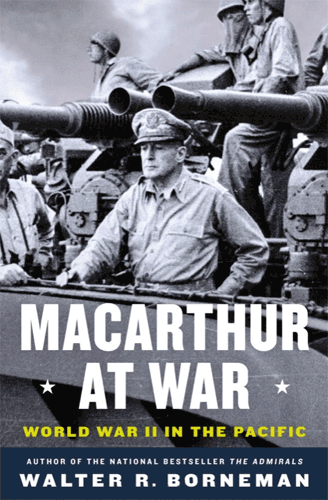
MacArthur at War: World War II in the Pacific
Walter R. Borneman
The definitive account of General Douglas MacArthur's rise during World War II, from the author of the bestseller The Admirals.
World War II changed the course of history. Douglas MacArthur changed the course of World War II. MacArthur At War will go deeper into this transformative period of his life than previous biographies, drilling into the military strategy that Walter R. Borneman is so skilled at conveying, and exploring how personality and ego translate into military successes and failures.
Architect of stunning triumphs and inexplicable defeats, General MacArthur is the most intriguing military leader of the twentieth century. There was never any middle ground with MacArthur. This in-depth study of the most critical period of his career shows how MacArthur's influence spread far beyond the war-torn Pacific.
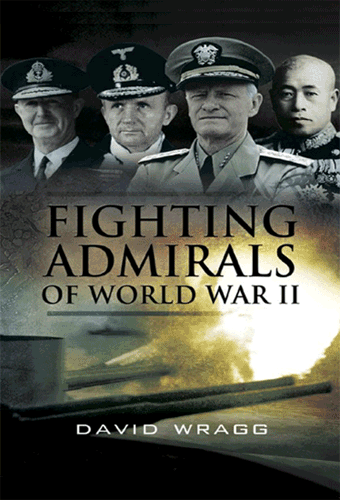
Fighting Admirals of World War II
David Wragg
Control of the sea was a crucial element in the outcome of World War II. The U-boat campaign almost brought Britain to her knees; the Arctic convoys were vital in keeping Russia in the war; Pearl Harbor brought America into the conflict with massive repercussions; the battle of Midway was one of the key turning points in the war. Allied naval supremacy made the D-day landings possible.
Written by a well-know naval historian, this work examines in detail all theaters and major campaigns, focusing on the most important naval commanders of both sides. Included are five British admirals (Pound, Cunningham, Ramsay, Horton, Somerville); five American admirals (King, Nimitz, Spruance, Halsey, Fletcher); three German admirals (Raeder, Doenitz, Lutjens); three Japanese admirals (Yamamato, Nagumo, Koga); and two French admirals (Darlan, de la Borde). The French are included because of the naval problems faced by France, in particular the courageous decision to scuttle their fleet rather than let it fall into German hands in late 1942.
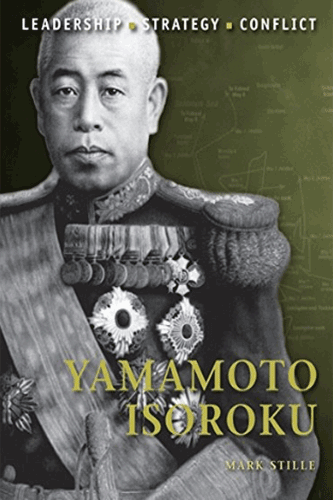
Yamamoto Isoroku
Mark Stille
Yamamoto Isoroku is the most well-known of Japan's military leaders and his name will be forever linked to the attack on Pearl Harbor. Because the attack was such an apparent success, he has gone down as one of the most brilliant naval figures in history. This look at Yamamoto carefully examines the myth of Yamamoto and his impact on the War in the Pacific.
The truth is rather different, as explained in this analysis of Yamamoto, which examines the reality and myth of one of the most important command figures of the Second World War. The easiest myth to explode is the success of Yamamoto's Pearl Harbor attack which he personally advocated for and went to great extremes to execute. In spite of his insight regarding the outcome of a war between the United States and Japan, Yamamoto's attack was not only a political disaster since it removed any possibility of a negotiated peace, but it had little military impact, and was in fact, unnecessary to guarantee Japan's early war conquests.
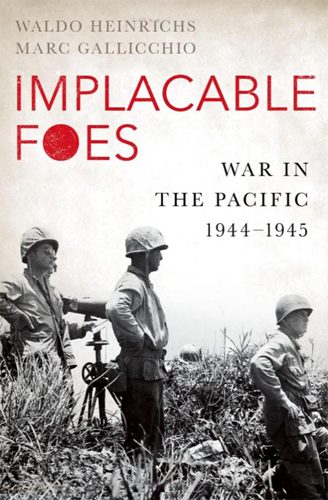
Implacable Foes: War in the Pacific, 1944-1945
Waldo Heinrichs and Marc Gallicchio
May 8, 1945, Victory in Europe Day--shortened to "V.E. Day"--brought with it the demise of Nazi Germany. But for the Allies, the war was only half-won. Exhausted but exuberant American soldiers, ready to return home, were sent to join the fighting in the Pacific, which by the spring and summer of 1945 had turned into a grueling campaign of bloody attrition against an enemy determined to fight to the last man. Germany had surrendered unconditionally. The Japanese would clearly make the conditions of victory extraordinarily high.
In Implacable Foes, award-winning historians Waldo Heinrichs and Marc Gallicchio bring to life the final year and a half of World War II in the Pacific, combining grand strategy and ground-level account, taking readers from the island-hopping campaigns in the spring of 1944--New Guinea to the Philippines to Okinawa and Iwo Jima--right up to the dropping of the atomic bombs over Hiroshima and Nagasaki in August 1945. Heinrichs and Gallicchio reveal more fully than ever before not only the Japanese policies of desperate defense, but also the sometimes rancorous debates on the home front, and in the process deliver a gripping battle narrative integrated with a provocative and revisionist discussion of American decision-making. The result is a masterful work of military history, one that illuminates both the calculus of global war and the incalculable part played by individual sacrifice.
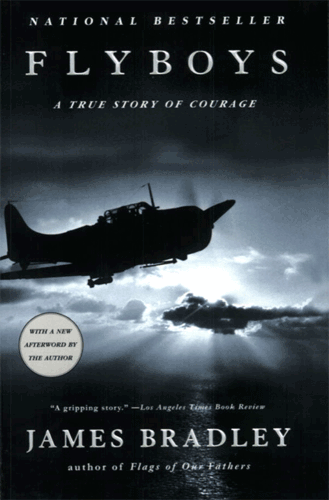
Flyboys
James Bradley
James Bradley's #1 bestseller Flags of Our Fathers made real the humanity and legacy of war as few books had before. Now, in Flyboys, Bradley returns to World War II and an extraordinary-and totally unknown-true story of courage.Over the remote Pacific island of Chichi Jima, nine American flyers-Navy and Marine pilots sent to bomb Japanese communications towers there-were shot down. One of those nine was miraculously rescued by a U.S. Navy submarine. The others were captured by Japanese soldiers on Chichi Jima and held prisoner.Then they disappeared.When the war was over, the American government, along with the Japanese, covered up everything that had happened on Chichi Jima. The records of a top-secret military tribunal were sealed, the lives of the eight Flyboys were erased, and the parents, brothers, sisters, and sweethearts they left behind were left to wonder. Flyboys reveals for the first time ever the extraordinary story of those men.
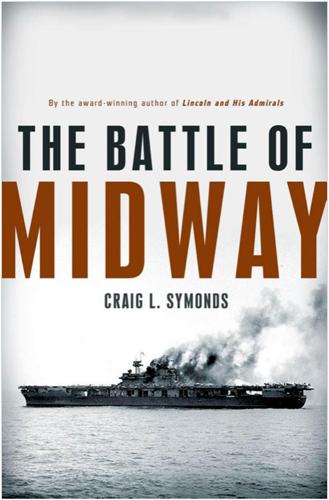
The Battle of Midway (Pivotal Moments in American History)
Craig L. Symonds
There are few moments in American history in which the course of events tipped so suddenly and so dramatically as at the Battle of Midway. At dawn of June 4, 1942, a rampaging Japanese navy ruled the Pacific. By sunset, their vaunted carrier force, the Kido Butai, had been sunk and their grip on the Pacific had been loosened forever.
In this absolutely riveting account of a key moment in the history of World War II, leading naval historian Craig L. Symonds paints an unforgettable portrait of ingenuity, courage, and sacrifice. Symonds begins with the arrival of Admiral Chester A. Nimitz at Pearl Harbor after the devastating Japanese attack, and describes the key events leading to the climactic battle, including both Coral Sea-the first battle in history against opposing carrier forces-and Jimmy Doolittle's daring raid of Tokyo. He focuses throughout on the people involved, offering telling portraits of Admirals Nimitz, Halsey, Spruance and numerous other Americans, as well as the leading Japanese figures, including the poker-loving Admiral Yamamoto.
Symonds' account of the battle itself is masterful, weaving together the many disparate threads of attack-attacks which failed in the early going-that ultimately created a five-minute window in which three of the four Japanese carriers were mortally wounded, changing the course of the Pacific war in an eye-blink.
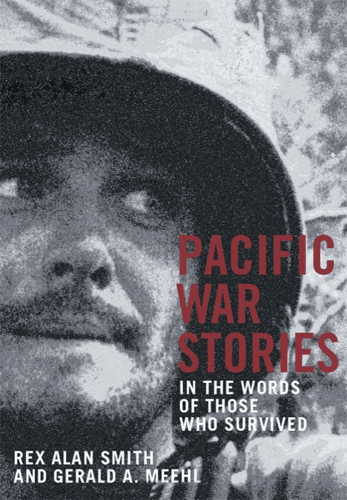
Pacific War Stories: In the Words of Those Who Survived
Rex Alan Smith and Gerald A. Meehl
In this new book by the authors of Pacific Legacy: Image and Memory of World War II in the Pacific, the history of the War in the Pacific comes vividly to life in the words of those who witnessed it first-hand. The editors create for the reader, as the veterans themselves recall it, what that war was like—how it looked, felt, smelled, and sounded. The stories collected here are a unique portrayal of the mundane, exotic, boring, terrifying, life-altering events that made up their wartime experiences in World War II in the Pacific, a war fought on countless far-flung islands over an area that constitutes about one-third of the globe. What the veterans saw and lived through has stayed with them their entire lives, and much of it comes to the surface again through their vivid memories. This is an important book for military buffs as well as for the survivors of World War II and their families.
The narratives, grouped into fifteen thematic, chronologically arranged chapters, are stirring, first-hand accounts, from front-line combat at the epicenter of violence and death to restless, weary boredom on rear area islands thousands of miles from the fighting. While their experiences differed, all were changed by what happened to them in the Pacific. These are not the stories of sweeping strategies or bold moves by generals and admirals. Instead, we hear from men and women on the lower rungs, including ordinary seamen on vessels that encountered Japanese warships and planes and sometimes came out second best, rank-and-file Marines who were in amtracs churning toward bullet-swept tropical beaches and saw their buddies killed beside them, and astounded eyewitnesses to the war’s sudden start on December 7, 1941.
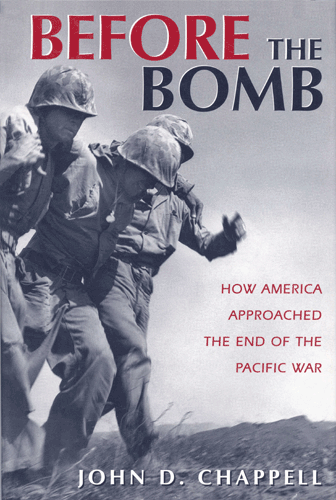
Before The Bomb: How America Approached The End Of The Pacific War
John Chappell
Almost forgotten in the haze of events that followed Nagasaki and Hiroshima, the summer of 1945 witnessed an intense public debate over how best to end the war against Japan. Weary of fighting, the American people were determined to defeat the imperial power that had so viciously attacked them in December 1941, but they were uncertain of the best means to accomplish this goal. Certain of victory―the "inevitable triumph" promised by Franklin Roosevelt immediately after Pearl Harbor―Americans became increasingly concerned about the human cost of defeating Japan.
Particularly after the brutal Iwo Jima and Okinawa campaigns, syndicated columnists, newspaper editorialists, radio commentators, and others questioned the necessity of invasion. A lengthy naval and aerial siege would have saved lives but might have protracted the war beyond the public's patience. Advertisers filled the media with visions of postwar affluence even as the government was exhorting its citizens to remain dedicated to the war effort. There was heated discussion as well about the morality of firebombing Japanese cities and of using poison gas and other agents of chemical warfare.
Chappell provides a balanced assessment of all these debates, grounding his observations in a wealth of primary sources. He also discusses the role of racism, the demand for unconditional surrender, and the government's reaction to public opinion in the decision to drop the atomic bomb. Compelling and controversial, this is the first work to examine the confusing and contradictory climate of the American home front in the months leading up to V-J Day.
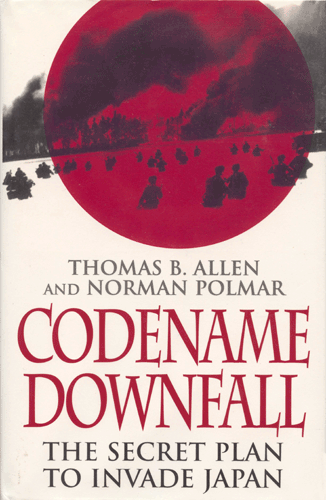
Codename Downfall: The Secret Plan To Invade Japan
Thomas B. Allen and Norman Polmar
The question at the heart of this powerful and disturbing book is this: what would have happened if atomic bombs had not been dropped on Hiroshima and Nagasaki, and the allies had had to invade Japan to end the war?
The authors show how the invasion – codenamed Downfall – could have prolonged the war by up to a year, turned Japan into a wasteland, and cost the lives of hundreds of thousands of American and Commonwealth troops and millions of Japanese.
The Japanese were prepared to fight to the death. Six thousand Japanese suicide planes, hundreds of midget submarines, and four million troops were prepared to defend the Japanese home islands. More disturbing, there were millions of women, teenagers and old men who would have used dynamite charges, farm tools, and even bamboo spears to repel the invaders. The invading allied troops would have met fanatical resistance at every step of the way. It is the height of irony that the destructive force of two atomic bombs actually saved lives, in the final analysis. Fascinating book!
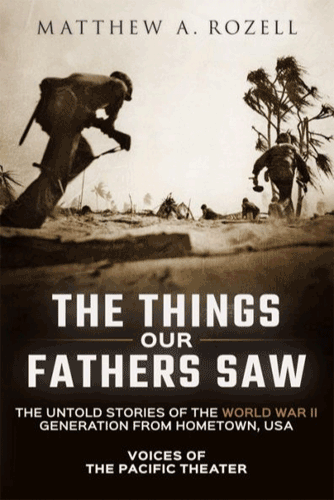
The Things Our Fathers Saw: The Untold Stories of the World War II Generation from Hometown, USA-Voices of the Pacific Theater
Matthew A. Rozell
Sometimes I wish books could be rated higher than the 5 Star limit. This is one of these times. The one-on-one interviews along with the personal information of those involved add such character, beauty and credibility to this most important work of WWII. This is a 'must read' for any and all persons interested in the most costly and brutal war in our history. You will meet members of our 'Greatest Generation' and they will share formerly unheard horrors of WWII.
This is a book that should be read by all High School students before they graduate into the real world. Never should we forget the price paid for the freedoms we enjoy today. The heroes portrayed in this book will stick with you for some time, as they well should. Matthew Rozell is a hero in his own right by giving life to these stories.
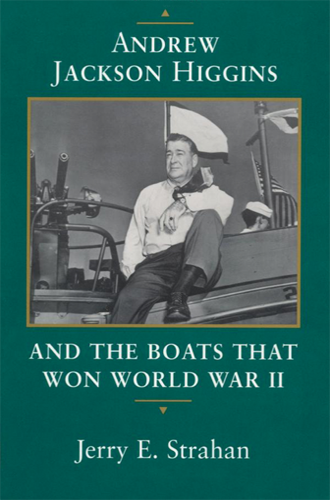
Andrew Jackson Higgins and the Boats That Won World War II
Jerry E. Strahan
A biography of the man who designed the LCVP (landing craft vehicle, personnel) that played a vital role in the invasion of Normandy, the landings in Guadalcanal, North Africa, and Leyte, and thousands of amphibious assaults throughout the Pacific. Includes 26 pages of photographs.
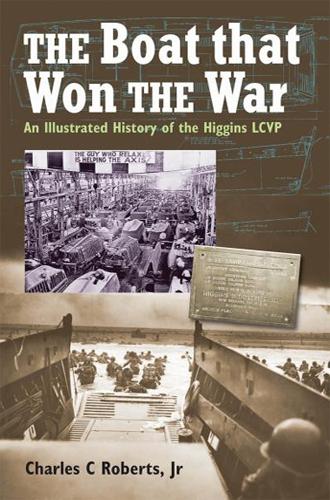
The Boat That Won the War: An Illustrated History of the Higgins LCVP
Charles C. Roberts
he Landing Craft Vehicle Personnel--LCVP for short, or simply the "Higgins boat" to most of its users--was "the boat that won the war," according to General Dwight D. Eisenhower. Like the Jeep or the C-47 transport, it served in almost every theatre of World War II, performing unglamorous but vital service in the Allied cause.
This book combines the first in-depth history of the development and employment of the type, with a detailed description of its construction, machinery, performance, and handling, based on the author's first-hand experience guiding the restoration of a wartime example for his museum. Well illustrated with plans and photographs, it will be of interest to model makers and enthusiasts, both military and naval.

